Diplomat's Connect
Diplomat's Connect
Should your embassy / consulate require any assistance with your Visa Outsourcing Business or you wish to visit our Visa Application Centre (VAC), please provide the below details.
Insights
- Home
- Insights

Latest Blog
Posted by BLS International
Posted on

Recent Blogs
Posted
on

Modular Technology and Adaptive Compliance: Striking the Balance in Global Services
Posted
on

How AI and Biometrics Are Shaping the Future of Citizen Services
Posted
on

Smart AI at Work: The Intelligent Systems Making Global Services Faster and Safer
Posted
on

Why More Governments Are Outsourcing Public Services: 7 Shifts You Should Know About
Posted
on

Connecting the Dots: How Integrated IT Infrastructure Powers Biometrics and E-Governance Globally
Posted
on
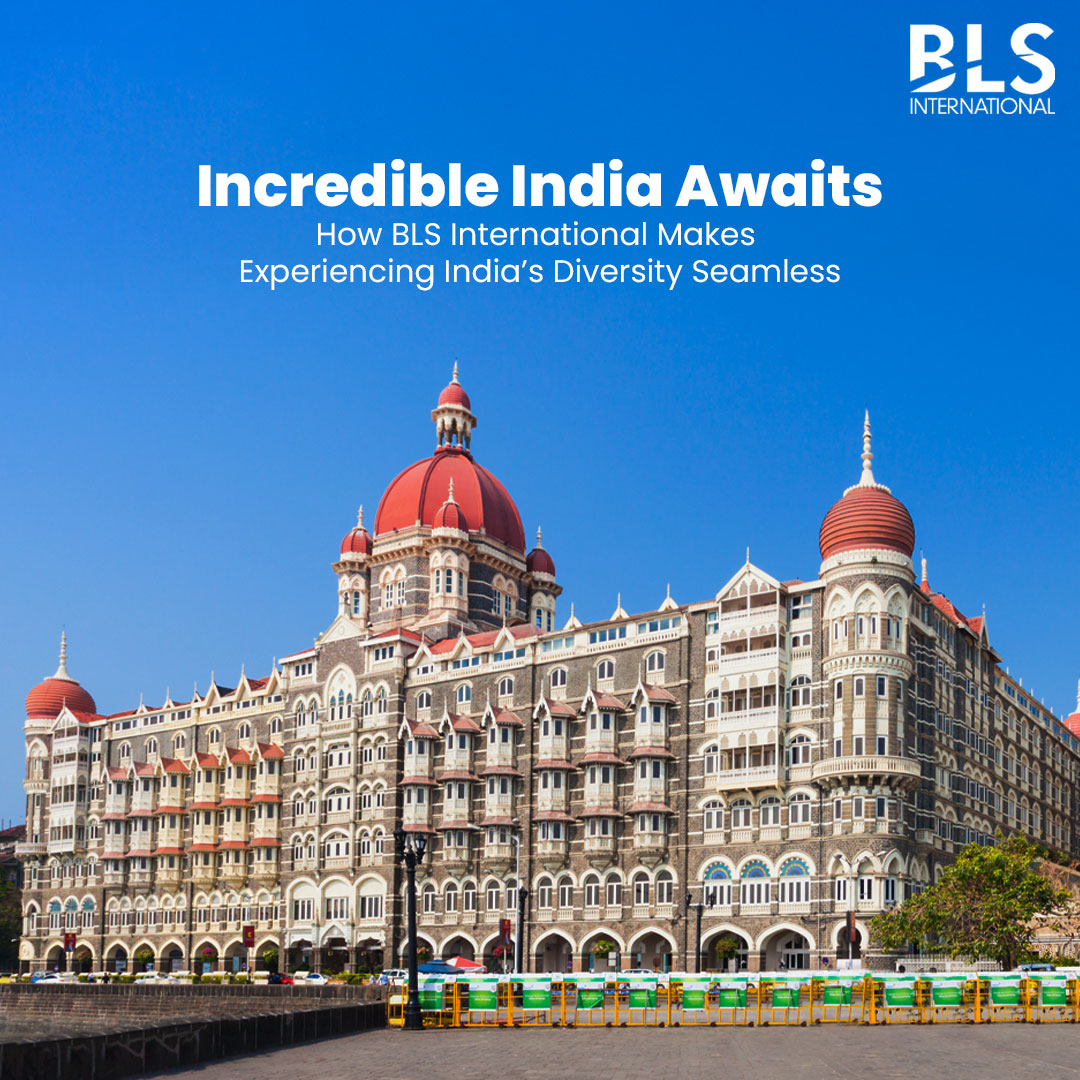
Incredible India Awaits: How BLS International Makes Experiencing India’s Diversity Seamless
Posted
on

Trust, Tech & Tomorrow: The New Blueprint for Global Citizen Services
Posted
on

Spain’s Secret Summer Side: 7 Cultural Traditions You Didn’t Know Existed
Posted
on

From Queues to Clicks: How AI is Redefining Global Visa Processing
Posted
on
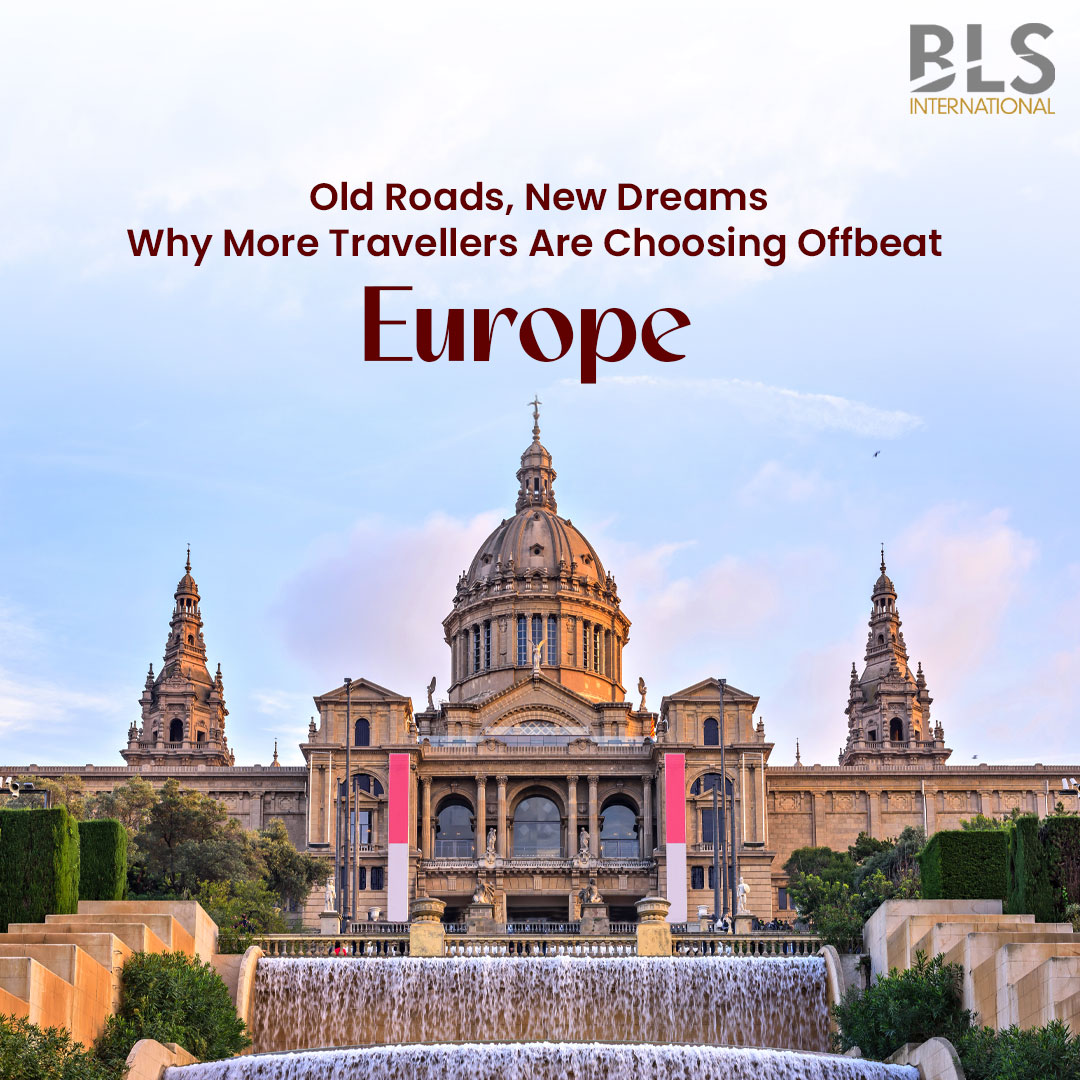
Old Roads, New Dreams: Why More Travellers Are Choosing Offbeat Europe
Posted
on
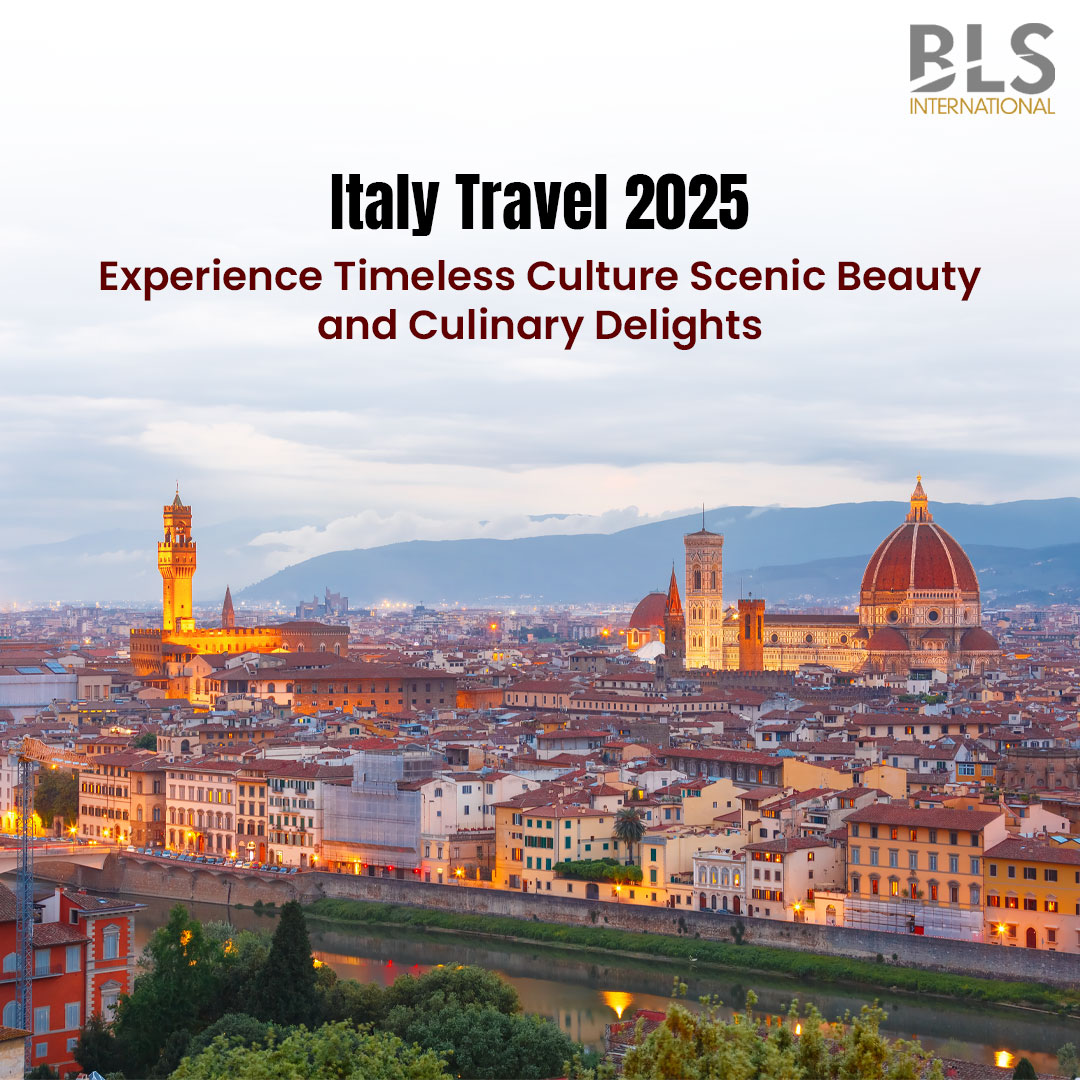
Italy Travel 2025: Experience Timeless Culture, Scenic Beauty, and Culinary Delights
Posted
on
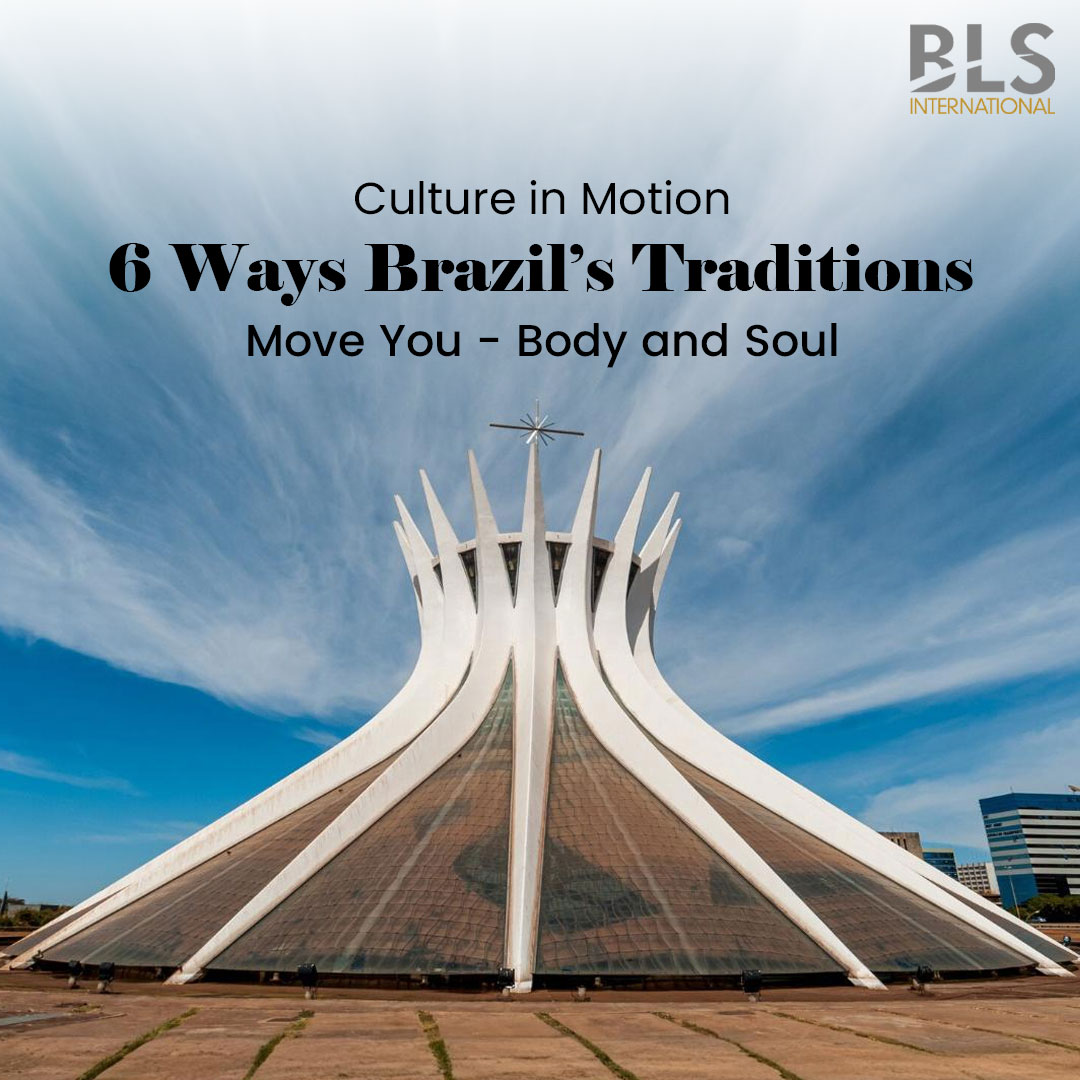
Culture in Motion: 6 Ways Brazil’s Traditions Move You — Body and Soul
Posted
on

Biometric Solutions and Identity Management: The role of biometrics in enhancing security and efficiency in global travel
Posted
on
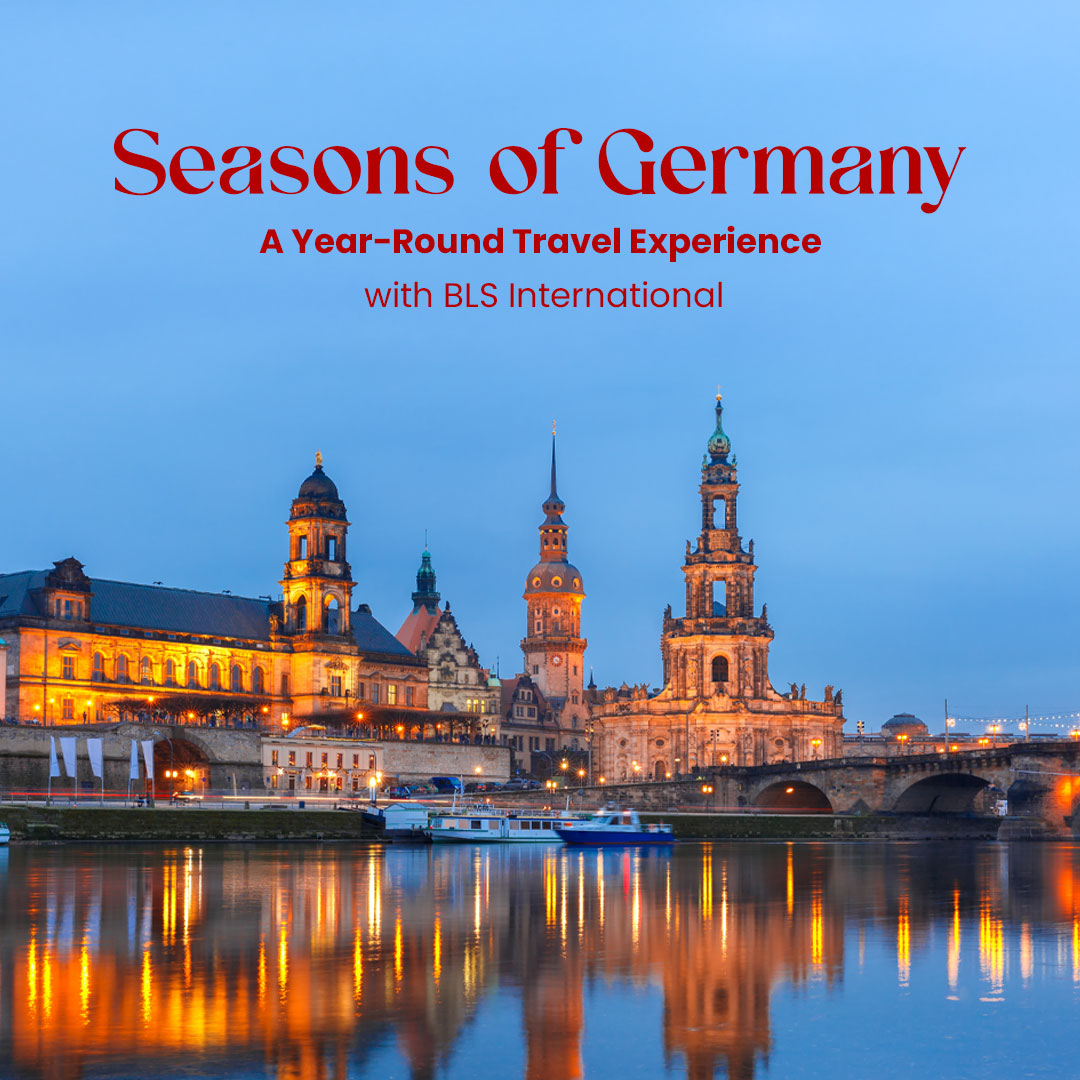
Seasons of Germany: A Year-Round Travel Experience with BLS International
Posted
on
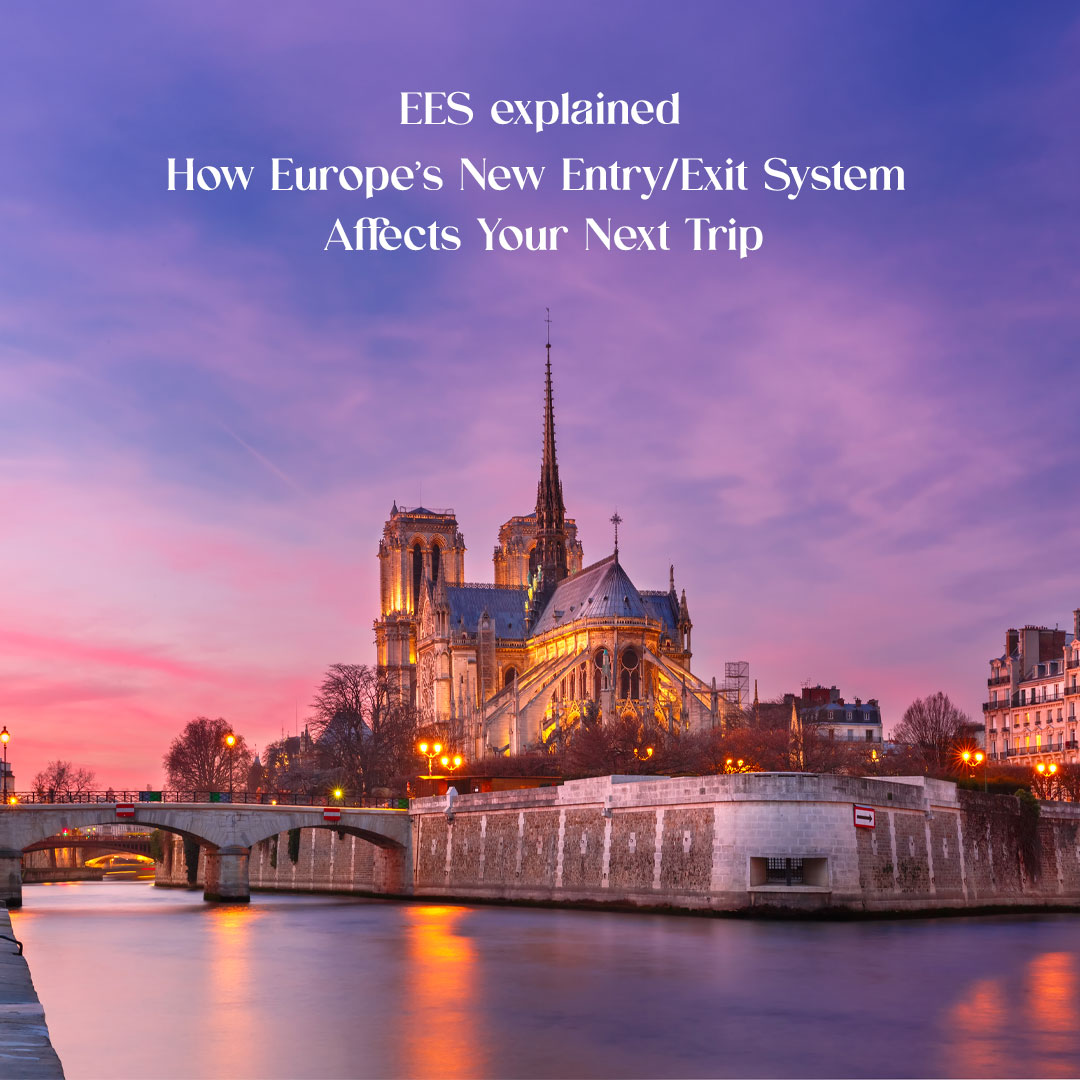
EES Explained: How Europe’s New Entry/Exit System Affects Your Next Trip
Archives
- Festivals in Morocco: Celebrating Culture, Music,...
- Tapas Trails: Discovering the Best Local Bites and...
- A Gastronomical Love Affair with Italy
- Top 7 Fairy-tale Castles to Visit in Slovakia
- Exploring Slovakia’s Food Markets: A Taste of Loca...
- Beyond Lisbon: Exploring Portugal's Charming Small...
- Czech Republic - A Bohemian Paradise: A Guide to T...
- Road Trip through Spain: What to Know Before You G...
- Europe Unlocked - Choosing the Best Way to Travel...
- Rome vs. Madrid: A Love Letter to Two Icons
- Poland - Why Kraków, Gdańsk, and Wrocław Stand Out...
- Discovering Slovak Cuisine: Traditional Dishes You...
- Sun & Snow: Barcelona’s Beaches vs. The Dolomites’...
- Underrated & Unmissable: Why Porto & Valencia Shou...
- The Vibrant Festivals of Hungary: Celebrating Cult...
- Italy Through the Eyes of Art: A Journey Across Ti...
- Budapest: A Four-Day Book Voyage Through the Pearl...
- Beach, Breeze and Beyond – Must-Visit Islands in M...
- India’s Top Travel Moments: Perfect for Your Camer...
- 6 Hidden Gems in South Korea That Will Take Your B...
- Unpacking the Soul of Brazil – Carnival, Capoeira,...
- The Magic of the Philippines’ Beach Resorts: Stayi...
- Temple Timeouts and Tech Detox: 6 Mindful Ways to...
- Hungary’s Hidden Gems: Ruin Bars, Thermal Baths, a...
- EES Explained: How Europe’s New Entry/Exit System...
- Seasons of Germany: A Year-Round Travel Experience...
- Biometric Solutions and Identity Management: The r...
- Culture in Motion: 6 Ways Brazil’s Traditions Move...
- Italy Travel 2025: Experience Timeless Culture, Sc...
- Old Roads, New Dreams: Why More Travellers Are Cho...
- From Queues to Clicks: How AI is Redefining Global...
- Spain’s Secret Summer Side: 7 Cultural Traditions...
- Trust, Tech & Tomorrow: The New Blueprint for Glob...
- Incredible India Awaits: How BLS International Mak...
- Connecting the Dots: How Integrated IT Infrastruct...
- Why More Governments Are Outsourcing Public Servic...
- Smart AI at Work: The Intelligent Systems Making G...
- How AI and Biometrics Are Shaping the Future of Ci...
- Modular Technology and Adaptive Compliance: Striki...
- Where to Travel in February: Picking Your Next Tri...
- The Big Wave of Tourism in India
- March into Adventure: Top Travel Destinations to E...
- The Rise of Solo Travel: Tips for First-Timers
- Suitcase Serenades: Mastering the Art of Packing f...
- The Art of Flavour: Uncovering Local Culinary Gems
- The Ultimate Thrill-Seeker’s Guide: Top Adventure...
- Exploring Morocco: A Guide Beyond the Beaten Paths
- Ibiza Calling: A Guide to Your Ultimate Music Fest...
- Slovakia: The Hidden Gem in Europe
- Discover Spain’s Regional Languages: Catalan, Basq...
- Island Wonders: Discover the Philippines’ Hidden G...
- Discover the Magic of Spain: A Paradise for Sports...
- Italian Riviera: A Scenic Getaway Awaits
- Schengen Zone: Unlock Europe’s Wonders
- Travel Green: Sustainable Tourism in Italy and Spa...
- Face to Face with Fate: Your Front-Row Seat to Spa...
- The Jewel of the Arabian Sea: A Guide to the Encha...
- Journey Through Time: An Insider’s Guide to Morocc...
- Taste of Algeria: Exploring Traditional Foods and...
- Renewal Retreats: Top Wellness Retreats for Peacef...
- Salt, Sun, and Serenity: Explore the Best Island G...
- WHY SINGAPORE?
- Special Visas 101
- Explore and Experience The Uniqueness of the Phili...
- Vasudhaiva Kutumbakam! G-20 Summit in India
- Galloping Across Germany!
- Presence Interaction Transaction and Transformatio...
- First Timer’s Guide To Malaysia
- Top Budget-friendly International Holidays Destina...
- Top reasons why your visa could be rejected
- Top 6 Benefits and Tips while choosing travel insu...
- Learn All About BLS VAS or Value Add Services
- Parading through Poland!
- 6 Things You Should Do, If You’re Planning A Spani...
- A Comprehensive Guide to Obtaining a Poland Visa
- Tradition and Triumph of Thailand
- Sunny Side-Up in Spain
- A Comprehensive Guide to Visa Requirements for Int...
- Wellness and Relaxation in Thailand: Discover Sere...
- Get Ready for La Tomatina 2023!
- Unveiling the Enchantment Exploring the Vibrancy o...
- Embark on a Cultural Odyssey: Exploring the Divers...
- Unlocking India’s G20 Presidency: A Journey Throug...
- The Legacy of the Leaning Tower of Pisa and beyond...
- Art Walks and Cultural Tours: Engaging in Spain’s...
- Thailand E-VOA: Your Ticket to Swift and Secure Th...
- The Importance of Visa Services: How They Simplify...
- Exploring the Wonders of Malaysia
- How to Identify and Avoid Visa Application Scams
- Italy’s Best-Kept Secrets: Exploring Offbeat Attra...
- Exploring Lesser-Known Spanish Villages: Unveiling...
- Spain’s Grand Tapestry: A Year-End Odyssey through...
- Tips on Keeping Your Passport Safe When You Travel
- Planning That Spanish Sojourn
- Top 5 Places You Must Visit in Thailand
- BLS International Your Fastest Visa Service Provid...
- BLS Touching Lives Globally
- CONVERSATIONS BETWEEN YOU AND BLS
- SUNBATHING IN SPAIN
- The Evolution of BLS
- Going For The 2022 FIFA World Cup in Qatar?
- REWIND FOR THE PRECAP OF Q2
- Unique Experiences of Dubai
- BLS International Celebrates One Successful Year o...
- Be a part of Our Entrusted Verification and Attest...
- Experience Our Certified and Superior Quality Visa...
- Two Glorious Years of Collaboration with the Embas...
- Proficient Human Capital behind Impeccable Service...
- BLS International Inaugurates its Spain Visa Appli...
- How Practising Data Security can Add Value to Your...
- La Tomatina, the World’s Largest Food Fight Festiv...
- E-Governance Service: An eminent way of bridging t...
- BLS International Joins Hands on the Ecstatic Occa...
- BLS International completes e-Governance project i...
- BLS International – Soaring new heights
- Visa Preparation tips
- UAE an important business destination for India an...
- Pravasi Bharatiya Divas, 2017, Bengaluru – a grand...
- Technology gives BLS International the edge in out...
- BLS International Q3 net profits up by 30%
- BLS International Taking e-governance to new heigh...
- Visit Spain now. It’s more affordable!
- BLS International a partner in Digital India revol...
- BLS International’s Punjab e-governance project is...
- BLS International’s Spain Visa Application Centres...
- BLS International, one of the world’s largest e-go...
- BLS International processes 400,000 Spain Visas gl...
- Punjab, a pioneer state on E-Governance, provides...
- This December feel the festivity of Christmas in S...
- With 7 million applications, 8 million footfall an...
- BLS International bags new indenture with the Peop...
- Swift Spain Rollout – Race against time to overcom...
- Punjab Sewa Kendras touches 700,000 applications a...
- BLS Spain Visa – Mission Accomplished
- Annual Results: BLS International registers expone...
- Punjab Sewa Kendras, the flag bearer of e-governan...
- Amazing destinations that you should visit in Spai...
- Know your best buys when in Spain
- Punjab Sewa Kendra : An opportunity to a life of d...
- BLS International signs 5 Gulf country contract fo...
- BLS International introduces Mobile Biometric Serv...
- BLS – A socially responsible organization
- BLS International registers exponential growth for...
- Value Added Services: Adding Value to your Spain V...
- Result-Driven Training Model at PSKs turning the D...
- Fiesta Nacional De Espana, a Scarlet-Day in Spanis...
- BLS International reaches milestone of 124 Visa Ap...
- Spain to be a part of The UN Human Rights Council
- BLS International Inaugurates Spain VACs in Philip...
- Punjab Sewa Kendras now offering 153 citizen servi...
- E-Visa: An Easy Going Solution for Visa Getter
- Mobile Biometrics, a hassle-free service at your d...